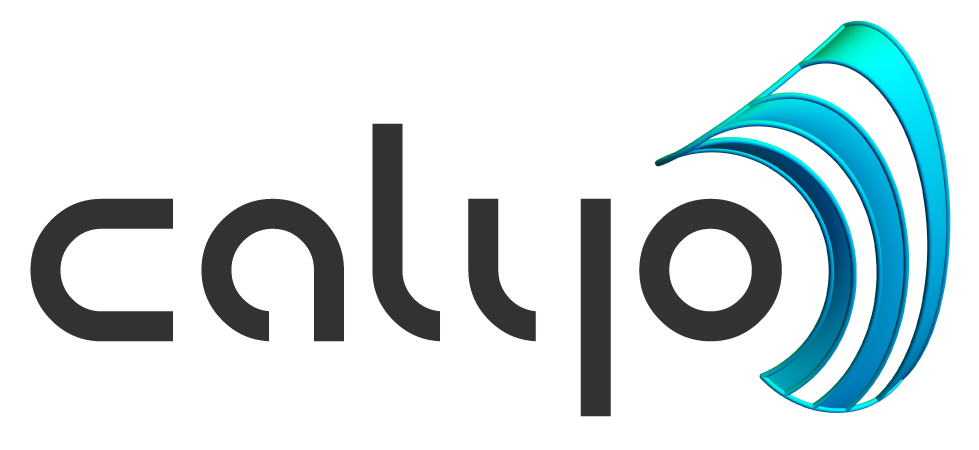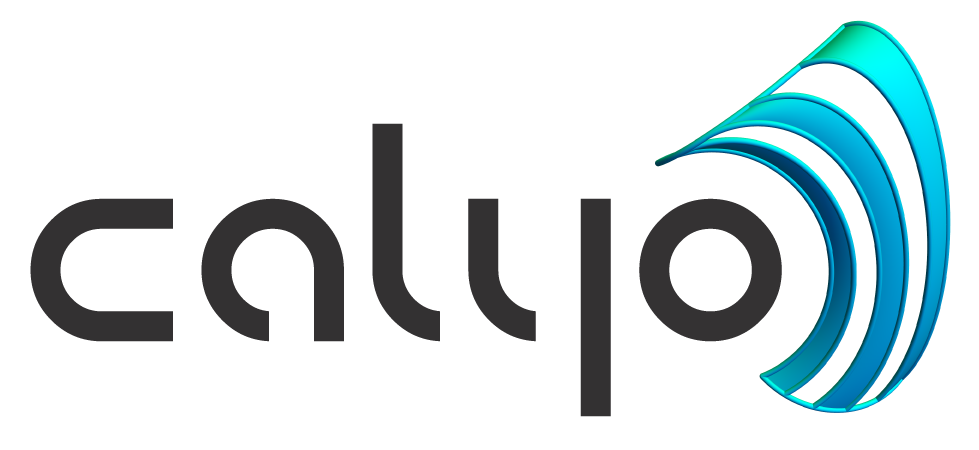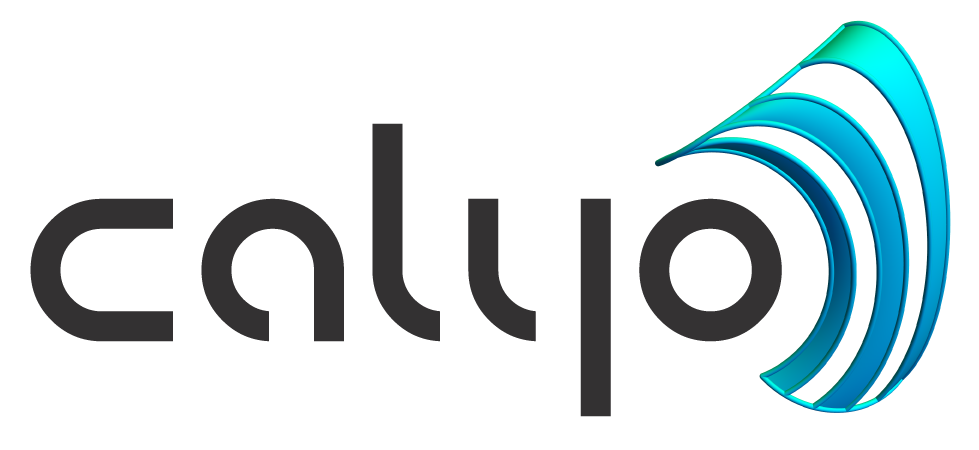Getting Started with Calyo PULSE and the SENSUS SDK
Getting Started with Calyo PULSE and the SENSUS SDK https://calyo.com/core/views/9a91380374/images/empty/thumbnail.jpg 150 150 Calyo Calyo https://calyo.com/core/views/9a91380374/images/empty/thumbnail.jpgThe Calyo PULSE sensors are designed for multi-environment use, making easy-to-configure, flexible software essential.
Workflows
Leveraging a robust JSON-based configuration model, the SENSUS SDK offers unparalleled flexibility and developer-friendly features that make integration with PULSE seamless. At its core, the SDK’s design revolves around modular workflows that empower users to create customised data pipelines tailored to their unique application needs.
Seamless JSON Configuration
The flexibility of SENSUS is largely driven by its intuitive JSON configuration files. These files allow users to specify one or more pipelines, detailing every aspect of the data flow – from sensor input to final output. With options to define intricate processing stages and adjust parameters like imaging regions, filtering thresholds, and clustering settings, the configuration model ensures that even complex workflows remain manageable and easy to deploy.
A Future-Proof Integration
By providing such a comprehensive yet user-friendly configuration model, SENSUS makes it possible to integrate with PULSE sensors in a variety of environments without getting bogged down in unnecessary details. The result is a streamlined development experience where advanced sensor data processing becomes both accessible and highly customisable.
This modular, JSON-driven approach not only simplifies sensor calibration and data processing but also lays the groundwork for advanced integrations, ensuring that as your application evolves, SENSUS evolves with it.
Sensor Calibration
As robotics developers well know, it can take an inordinate amount of work to calibrate the various sensors used by your system to get the best results. SENSUS supports real-time parameter tuning, making calibration fast and intuitive. Using the SENSUS Viewer, a minimal GUI application developed in C++ offering a quick way to get up and running, we can adjust parameters such as the imaging region, configure the algorithms, and select from a host of different thresholding and filtering options.
The software can even be configured to produce different types of output data. In our test, we aimed to localise objects in the environment. Since they are simple and uniform objects, we can use the dbscan pipeline to cluster the point cloud, then output only a single point for each centroid, mapping perfectly to the location of the poles. Fantastic!
ROS
The Robot Operating System (ROS) is the predominant middleware for robotics applications today, offering a rich ecosystem of tools and libraries that accelerate development. SENSUS provides easy integration with ROS2 by extending its configuration format to include specialised I/O types for publishing and subscribing to topics on ROS networks. There is even an action server that can be used to launch the SENSUS software remotely as an application that can be reconfigured dynamically, giving real-time feedback like status updates.
Integration with ROS empowers robotics applications using the SENSUS software by enabling rapid integrations with complex multimodal systems for simulation, path planning, and Simultaneous Localisation and Mapping (SLAM) tasks. This means you can get up and running with the PULSE sensor quickly, without spending excessive time on custom integrations.
Nav2
The Nav2 package is a ROS2 navigation framework that offers a comprehensive suite of open-source software for navigation, mapping, and computer vision tasks. It sees widespread use across industries because it provides a modular and extensible platform that accelerates development while supporting complex real-world scenarios. Because of this, support for this package is a must.
PULSE sensors can seamlessly be integrated into new or existing robotics stacks using the SENSUS-ROS software.
Enabling the real-time data from PULSE sensors to be directly fed into advanced planning and mapping algorithms to enhance the autonomous navigation capabilities of mobile robotic platforms. This makes it easier to deploy Calyo PULSE in advanced robotic systems with minimal adaptation – ideal for R&D, AMRs, and industrial robotics.
Why It Matters
Whether you’re integrating Calyo PULSE into an autonomous robot, a research platform, or a pre-production vehicle, the SENSUS SDK offers the tools to do it faster – with less friction and more control. From dynamic calibration to ROS-based deployment, SENSUS makes it easier to unlock the full potential of 3-D ultrasound sensing.
📫 Want to learn more or try it in your application? Contact us for early access, support, or technical integration resources.
Get Started with Calyo PULSE + SENSUS Stack
🔹 Explore the features of the PULSE sensor
🔹 Launch quickly with SENSUS Viewer – a minimal C++ GUI for setup and tuning
🔹 Develop with the SENSUS SDK – libraries, tools, and real-world examples
🔹 Discover available software integration options
📚 Visit the Calyo Docs for full software and hardware documentation to help you integrate Calyo PULSE and SENSUS into your application with confidence.



